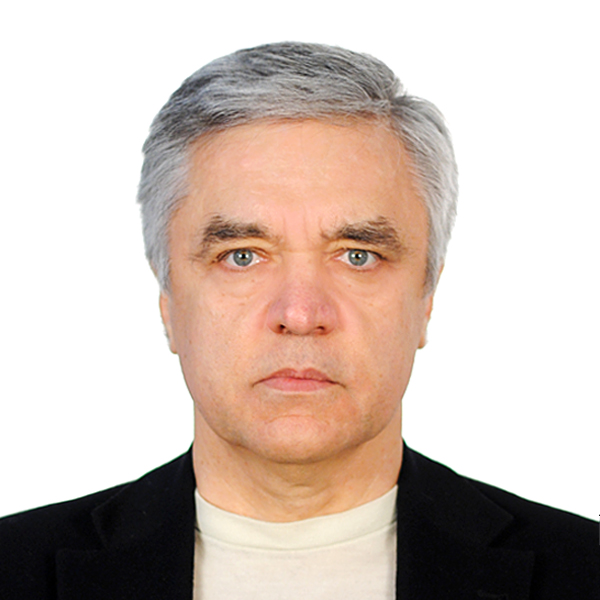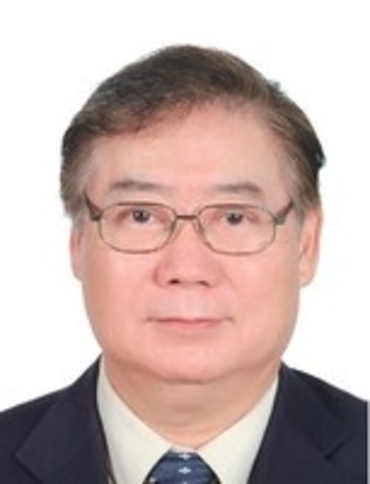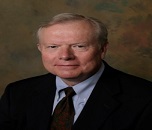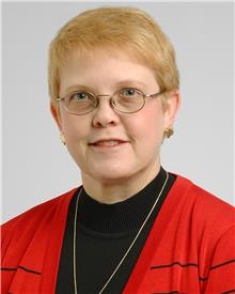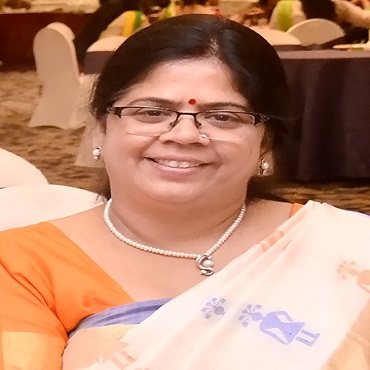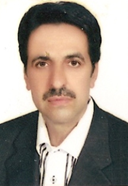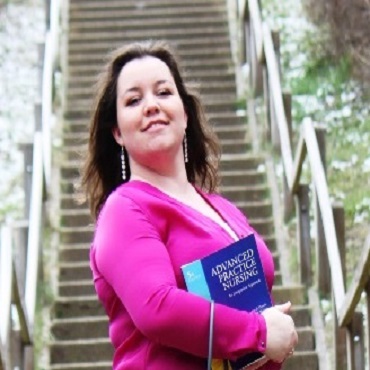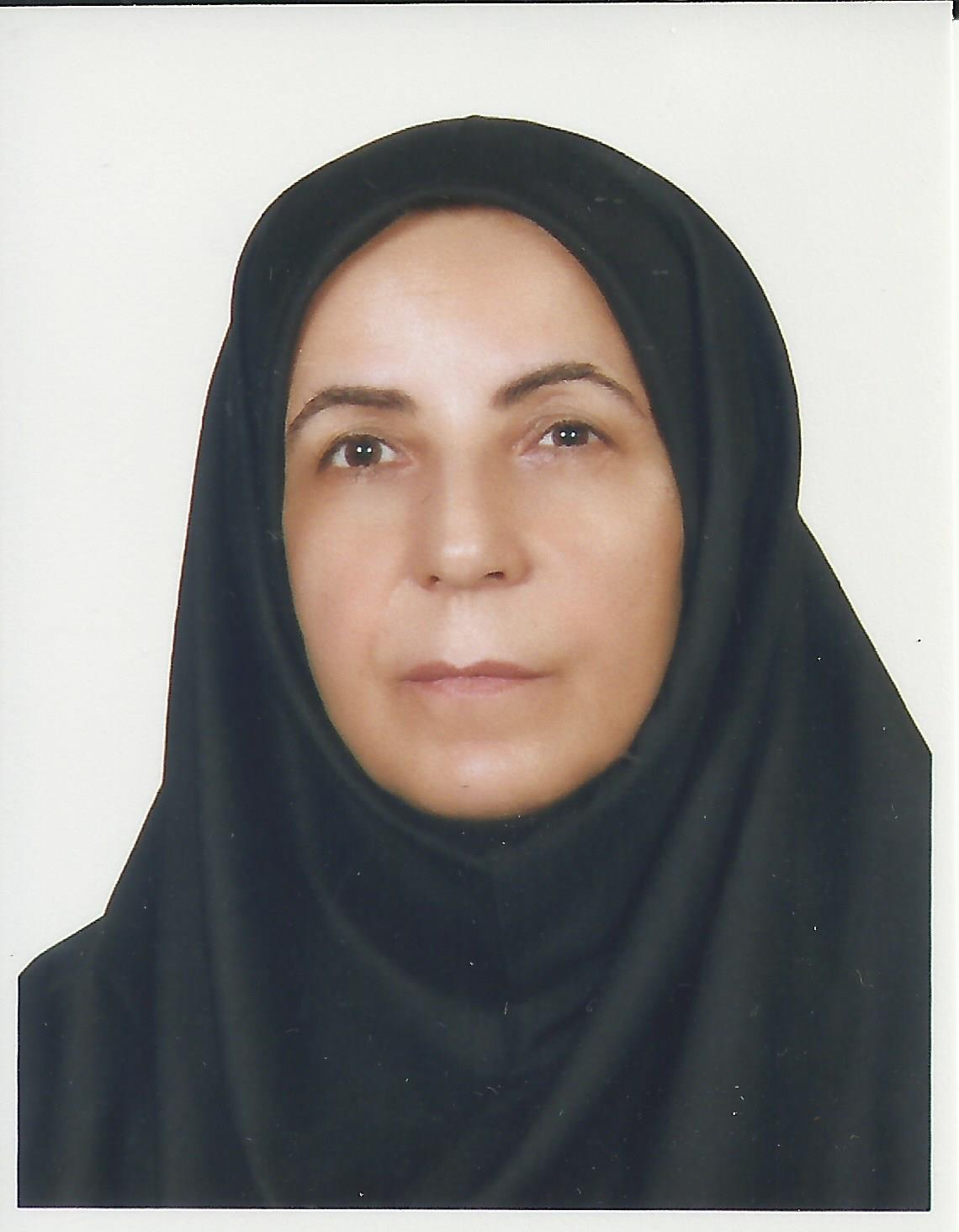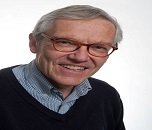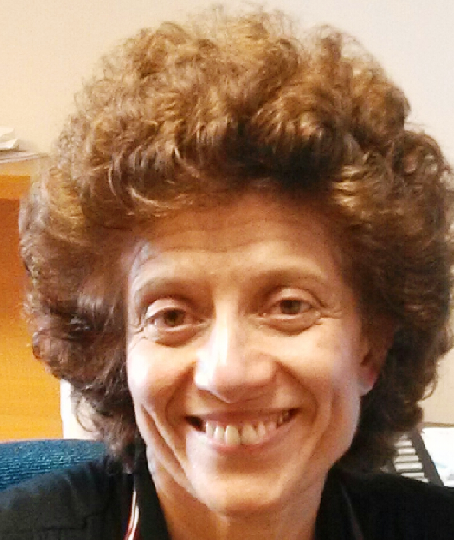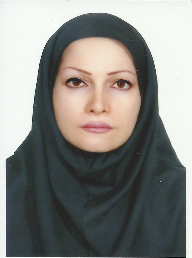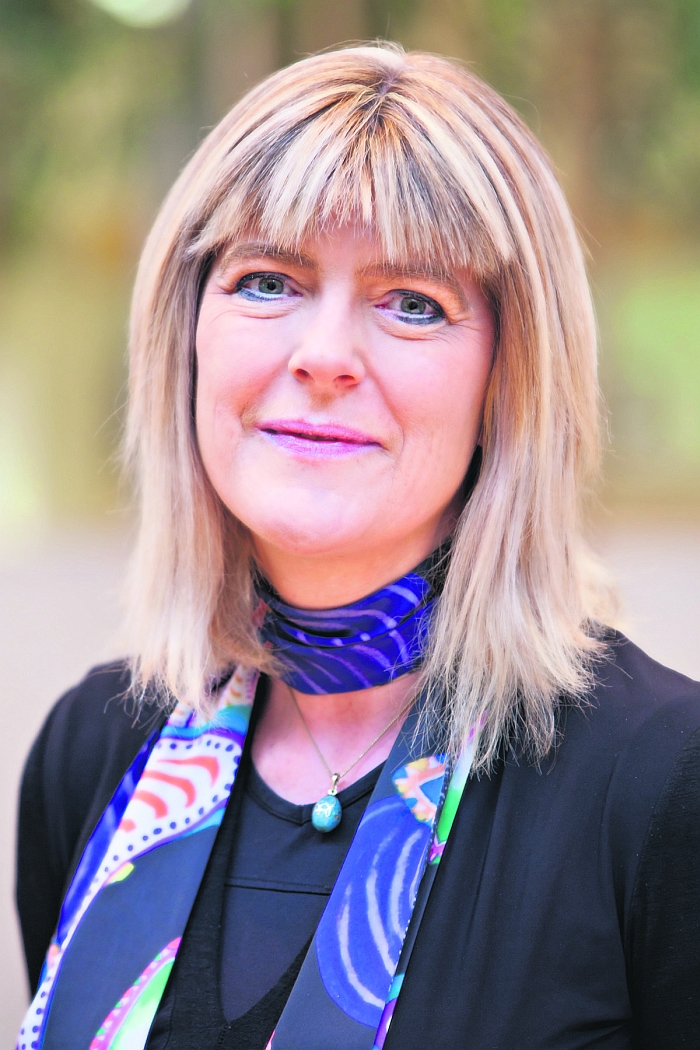Scientific Program
Keynote Session:
Title: Personalized & precision medicine (PPM) as a model of healthcare of the newest generation towards translational applications to move ahead as a global international team
Biography:
Sergey Suchkov graduated from Astrakhan State Medical University and was awarded with MD. Then he completed his PhD and Doctor’s Degree. And later he was working for Helmholtz Eye Research Institute and Moscow Regional Clinical Research Institute (MONIKI). He was a Secretary-in-Chief of the Editorial Board, Biomedical Science, an international journal published jointly by the USSR Academy of Sciences and the Royal Society of Chemistry, UK. At present, he is: (i) a Director, Center for Personalized Medicine, Sechenov University, (ii) Chair, Dept for Translational Medicine, Moscow Engineering Physical University (MAPhI), and (iii) Secretary General, United Cultural Convention (UCC), Cambridge, UK. He is a Member of the: New York Academy of Sciences, American Chemical Society (ACS), American Heart Association (AHA), AMEE, Dundee, UK; EPMA, Brussels, EU; PMC, Washington, DC, USA and ISPM, Tokyo, Japan.
Abstract:
A new systems approach to diseased states and wellness result in a new branch in the healthcare services, namely, personalized medicine (PM). To achieve the implementation of PM concept into the daily practice including clinical cardiology, it is necessary to create a fundamentally new strategy based upon the subclinical recognition of bioindicators (biopredictors and biomarkers) of hidden abnormalities long before the disease clinically manifests itself. Each decision-maker values the impact of their decision to use PM on their own budget and well-being, which may not necessarily be optimal for society as a whole. It would be extremely useful to integrate data harvesting from different databanks for applications such as prediction and personalization of further treatment to thus provide more tailored measures for the patients and persons-at-risk resulting in improved outcomes whilst securing the healthy state and wellness, reduced adverse events, and more cost effective use of health care resources. One of the most advanced areas in cardiology is atherosclerosis, cardiovascular and coronary disorders as well as in yocarditis. A lack of medical guidelines has been identified by the majority of responders as the predominant barrier for adoption, indicating a need for the development of best practices and guidelines to support the implementation of PM into the daily practice of cardiologists!
Implementation of PM requires a lot before the current model “physician-patient” could be gradually displaced by a new model “medical advisor-healthy person-at-risk”. This is the reason for developing global scientific, clinical, social, and educational projects in the area of PM to elicit the content of the new branch.
Title: Anti-tumor metastasis phytochemicals confer specific immune cells and their signaling systems for multi-facet mode of actions
Biography:
Dr. Ning-Sun Yang is a Distinguished Research Fellow and (Distinguished) Professor of Academia Sinica and four associated universities in Taipei, Taiwan. Dr. Yang received his Ph.D. in biochemical genetics at MSU, USA. His major research interests include gene-based cancer vaccines, anti-inflammatory and anti-cancer phytochemicals, and functional genomics studies of dendritic cells. While in USA, he initiated and helped the development of gene gun technology and pioneered its application to plant genetic engineering, mammalian gene transfer, DNA vaccines and gene therapy approaches. After thirty years of a research career in USA, Dr. Yang went back to Taiwan and established the Agricultural Biotechnology Research Center in Academia Sinica, Taipei, which is now recognized for medicinal and crop plant research. He was elected in 2006 as a Fellow of the American Association for the Advancement of Science (AAAS, USA). He has published over 150 research papers and obtained 14 USA patents and 6 Taiwan’s patents.
Abstract:
A spectrum of studies showed that specific innate immune responses, various immune cell types and their cross-talks, and the associated inflammatory activities are involved in tumor metastasis. Metastatic tumor activities are now also known to be strongly affected by the surrounding or even “remote” tumor microenvironment(s). These findings strongly suggest that by modulating and regulating specific immune cell responses and/or mechanism-defined molecular and cellular inflammation-suppressive activities, we could now design new approaches for therapeutics or treatment of cancer metastasis. Interestingly, increasing evidences have started to show that specific phytochemicals from certain medicinal herbs may confer functional specificity (e, g., anti-dermatitis activity, suppressing severe inflammation, promoting wound-healing), and a number of medicinal phytochemicals have been used traditionally for hundreds to thousands of years. Some of such activities recently have also been re-established for their “strong anti-inflammatory” activities at the cellular and tissue levels, and we consider these activities can be evaluated toward the control of specific anti-inflammation at the organ/tissue levels.
With these observations and information, my laboratory has investigated a group of phytoextracts and the derived pure phytochemicals from specific medicinal plants, and evaluated their bioactivities/effects, in vitro and in vivo. For potential future use as personal or precision medicine application, we have used the ex-vivo “primary cultures”, including dendritic cells, MDSCs, Th17, Tregs and other immune cell types in mouse or human models relevant to specific tumor metastasis systems. Experimentally, we employed functional genomics, proteomics, signaling pathway bio-informatics analysis, cytokine/chemokine profiling, micro RNA arrays and RNAseq analysis in various cross-examination studies. Results and findings published in several key papers during the past few years will be discussed and projected for future medicinal research directions, including specifically the development of autologous, personalized tumor vaccines for use by individual cancer patients.
Title: Management of late life depression
Biography:
J Craig Nelson is the Professor of Psychiatry at the University of California-San Francisco. He holds the Leon J Epstein MD Chair in Geriatric Psychiatry and is Director of Geriatric Psychiatry at UCSF. He has published over 200 articles, books and chapters including the text, Geriatric Psychopharmacology. He is a member of several professional organizations. He was one of the founding members of the American Society of Clinical Psychopharmacology and served as its President from 1999 to 2003. He served as the editor of the ASCP Corner in the Journal of Clinical Psychiatry until 2017.
Abstract:
Major Depression is common in late life. It not only causes suffering but it contributes to disability aggravates the course of medical illness and increases mortality. Both psychotherapy and antidepressants are effective in late life depression. In a systematic review of older depressed adults we found 27 trials of psychotherapy with 37 comparisons and 2,245 subjects. Psychotherapy was more effective than the control condition but the effect size varied greatly with the type of control. Trials with waitlist controls showed a large effect size while those with a supportive therapy control had a smaller effect similar to that of antidepressant treatment. Problem Solving Therapy had the best evidence for efficacy. We conducted a systematic review of second generation antidepressants in community dwelling adults 60 years and older with Major Depression. 10 trials with 4,165 subjects demonstrated antidepressants were more effective than placebo but the effect size was small resulting in a number-needed-to-treat of 11. We were able to obtain individual patient data from the sponsors of each of the 10 studies with which we performed a patient level analysis of moderators of antidepressant response. Interestingly age was not a significant moderator. The primary moderator was the lifetime duration of Major Depression. The longer the duration, the lower the placebo response and the greater the drug placebo difference. The finding was replicated in a mixed age sample.
Title: Delirium in palliative medicine: A review
Biography:
Susan B LeGrand completed medical school at the University Of South Carolina School Of Medicine. Residency and Oncology Fellowship were completed at the University of Texas-Houston and the Arizona Cancer Center sequentially.
She is a fellow of the American College of Physicians and the American Academy of Hospice and Palliative Medicine. She currently is a staff physician at the Cleveland Clinic Taussig Cancer Center. She has published numerous articles and spoken national and internationally.
Abstract:
Delirium is a neuropsychiatric diagnosis that is very common in general medical and surgical populations but of particular importance in palliative medicine. The incidence is twice that of a regular nursing floor averaging 30%. At end-of-life the percentage may be as high as 88%. Several different pathophysiologies have been investigated to define the underlying mechanisms to enable targeted therapy. The most commonly accepted cause is a decrease in acetylcholine and increased dopamine.
Presentation:
Delirium is a syndrome with myriad presentation usually divided into motoric subtypes -hypoactive, hyperactive and mixed. It is underdiagnosed particularly the hypoactive subgroup which may be more common in the palliative medicine population and may be confused with depression. Medications are the most common causes and unfortunately, the majority of medications used in palliative medicine have the potential to cause delirium.
Treatment:
Treatment of delirium is removing the offending cause when possible. When this is not possible or while waiting for improvement, various antipsychotic medications have been used. The medication with the most data is haloperidol. No atypical antipsychotic has been found to be better that haloperidol but they may be useful if toxicity develops or there is no response. A recent article addressed the use of antipsychotics in those with mild to delirium and there was no benefit.
Consequences:
The presence of delirium is a predictor of increased morbidity and mortality, longer hospitalization and more likely discharge to a nursing facility. This presentation will review the pathophysiology, etiology, diagnosis and treatment of delirium in palliative medicine.
Oral Session 1:
- Geriatric Health Medicine | Geriatric Endocrinology | Alzheimers & Neurodegenerative Disease | Geriatric Psychiatry | Geriatric Nursing

Chair
J Craig Nelson
University of California, USA

Co-Chair
Ning-Sun Yang
Academia Sinica , Taiwan
Title: Revisiting vanprasth ashram- A road to healthy aging
Biography:
Nisha M Pandey is currently serving as Asst. Professor (Non-medical Research), Department of Geriatric Mental Health (DGMH), King George’s Medical University (KGMU) UP, Lucknow. She has experience more than 21 years in the field. She did her Post Doctoral Fellow (ICSSR) from Department of Geriatric Mental Health, King George’s Medical University UP, Lucknow from March 8, 2013 to March 7, 2015. She is since May 2010 coordinating and facilitating geriatric mental health in-house training program. Exp. = 6 yrs. Visiting faculty and teaching BBA/MBA students in Authorised Learning Centre of Punjab Technical University’s during 2009-2015. Resource person at Maharishi University of Information Technology, Lucknow since 2015.
Abstract:
In India, with the advancements we see every day in every walk of life, a number of challenges are cropping up for the most vulnerable and marginalised groups of the society, one of which is also the elderly. The challenges that are faced by the geriatric population, are often related to loss of livelihood and restricted finances as well as the feeling of declining respect, wellbeing and quality of life. Most of these risks directly affect the mental health of an individual.
We all know that risks related to primary aging can be tough to prevent or cure for but through proper and judicious interventions an individual can be protected to a large extent from threats of secondary aging and remain mentally balanced and sound throughout the life.
That begs the question of what can it be and how can a person protect himself/herself to lead a path of healthy ageing. This paper will also examine the strategies to strengthen mental health in old age and How anyone can live healthily till the last day of his/her life.
We shall revisit Indian Vedic belief system, particularly the Ashrama system to find viable responses to these queries. Vanprastha Ashrama was well-known and seen as the golden period of a person's life wherein they focussed on their self and gave up a householder's duty. This was the stage that advocated living for the society, finding yourself and exploring your spiritual salvation by giving up and detaching yourself from all the accessories of life and household responsibilities to pass it on to the successive generation.
This was seen as the best way to live a peaceful and healthy life. Thus, this paper would cover this notion in the light of the 21st century with all its issues and implications in view of the evidences existing in literature and case vignettes.
Title: Evaluation of prevalence of edentulous in Iranian geriatrics
Biography:
Abolfazl Bagheri has completed the Oral and Maxillofacial Pathologist and Laser Fellowship in Dentistry at the age of 40 from School of Dentistry, Shahid Beheshti University, Tehran, Iran. He is the Dean of Dentistry School of Ardabil University of Medical Sciences. He has published more than 11 papers in national and international journals.
Abstract:
With the Advancement of science, human life expectancy is rising and the rising population of elderly people requires the provision of special health and medical services. By studying, planning and preventing in oral and dental field, the number of edentulous healthy people could be reduced. This cross-sectional study was carried out through 440 patients referred to clinics and dental offices and dental laboratories in Ardabil. According to data analysis, out of the 440 patients there were 240 male and 199 female, 364 were partially edentulous and 76 were completely edentulous. Samples consisted of 49 male and 27 female. The most common cause for tooth loss was tooth decay (65.8 %) then periodontal problems (26%) and trauma (3.9%) and 5.3 other reasons. There is not a significant connection between being edentulous and gender on the other herd there is a significant relation between being edentulous and age and there is a strong connection between education and being edentulous. The prevalence of edentulous patients has a significant relation with smoking, oral hygiene, tooth decays, periodontal disease and economical condition. The edentulous is connected to age, systemic disorders, oral hygiene and tooth decays.
Title: Prescription behavior regarding antibiotics for respiratory infections in nursing homes in Zeeland; Evidence based or value based?
Biography:
Wendy Lorier has completed her MSc at the age of 28 years from Fontys University of Applied Sciences, Tilburg. She works as a nurse practitioner in a nursing home. She did her master thesis about prescription behavior regarding antibiotics for respiratory infections in nursing homes in The Netherlands.
Abstract:
Aim: Gaining insight into the prescription behaviour of healthcare professionals who work in nursing homes of SVRZ in Zeeland, regarding the prescription of antibiotics for respiratory infections.
Background: These days, pneumonia is the number two most common infectious disease in nursing homes in the Netherlands, after urinary tract infections, and is associated with high numbers of mortality and morbidity.
Design: A mixed method design was used comprising a retrospective file research and a focus group. The antibiotics recipes prescribed from September 2016 to September 2017, where mapped from the files. After that, a focus group consisting of eight healthcare professionals reflected on the possibilities of adjusting prescription policy.
Results: In total 498 recipes with notice of respiratory infections were found, with 11 different sorts of antibiotics prescribed. Thereof, 63, 6% was prescribed according to the NHG guideline ‘acute coughing’ and 36, 4% was not. During the focus group, consensus was reached about appropriate antibiotics for complicated respiratory infections in elderly (amoxillin/clav acid, ceftriaxon, amoxillin, and trimethoprim/sulfamethoxazol). At the same time, the focus group provided insights in the reasons for non-adherence to the NHG guidline, with clinical deterioration as the most decisive symptom to start antibiotics.
Conclusion: The results of this study show that healthcare professionals in nursing homes prescribe a variation of antibiotics which are not completely in line with the NHG guideline. Considerations regarding prescription behaviour are influenced by characterisations of vulnerability of elderly people, ‘the clinical view’ and values with regard to meaningful care.
Title: What is stopping a career in gerontological nursing in Iran?
Biography:
Mahrouzeh Moslemi Dinehsari has completed her master degree in nursing at the age of 31 years from Iran University of Medical Sciences, Iran. She is a retired faculty member of Tehran University of medical Sciences. She has published some papers in reputed journals and has been serving as a member of Iranian Nursing Scientific Association who has collaboration in editorial tasks of Journal of Gerontology (JOGE).
Abstract:
Between 2000 and 2050, the number of people in the world who are over age 60 is predicted increase from 605 million to 2 billion, the nursing shortage continues to affect all aspects of nursing, and gerontological nursing is no exception. In Iran, according to the country’s population and housing census of 2006, aging people over 65 will double to almost over 10 million within seven years from 5,130,000 people in 2006 which will be above 12 percent of the total population. According to some studies, the health status of the elderly in Iran was similar to other countries in the world. However, there continues to be room for improvement. Taking into account the rapidly aging population of Iran, health providers, and policy makers are required to take steps at a national level and direct more resources into supporting the elderly population.
Keynote Session:
Title: Geriatric dementia after traumatic brain injury may be prevented by the construction of innovative products
Biography:
Hans von Holst received his MD degree in 1976 and specialist in Neurosurgery 1982, Karolinska University Hospital. In 1985 he earned his PhD and Associate Professorship in Neurosurgery, Clinical Neuroscience, Karolinska Institutet and appointed as senior neurosurgeon 1988 - 2015. During 1991-1996 he was Chairman of the Dept of Neurosurgery and Division Manager of the Neuroclinics at Karolinska University Hospital, respectively. Between, 1994-2014 he was appointed as Professor in Neuroengineering, KTH Royal Institute of Technology and visiting Professor at Karolinska Institutet 2006-2012, he has published over 150 original papers in reputed journals, reviews and books including editorial board member in several journals.
Abstract:
Recently a hypothesis to the nervous tissue edema was presented suggesting that external dynamic and internal mechanical static impact forces caused protein unfolding resulting in an increased brain tissue water content and what happens with the metabolism in the long run. The hypothesis was confirmed by computer simulation tests. In this laboratory study we further evaluated the hypothesis by using the mature protein laminin LN521 upon the effects of both dynamic as well as static impact forces, respectively. The treated laminin solutions were then analyzed with denatured electrophoresis and Electron Microscopy showing aggregation and fragmentation of the laminin structures. The present laboratory results confirm earlier hypothesis and computer simulation suggesting for the first time that dynamic impact force in an accident and increased mechanical static force in stroke unfold mature proteins having the potential to increase the intracellular water content defined as cytotoxic brain tissue edema. The clinical condition resembles the phenomenon when elasmobranchs including white sharks prevent their cells from too high hydrostatic pressure in the deep sea. Thus, the present laboratory study results and knowledge from marine physics may be considered to improve the clinical treatment and outcome of TBI and stroke patients. However, the most optimal thing to avoid injuries after traumatic brain injury and stroke is to fully prevent them and this opens up for a number of innovative products for primary prevention.
Title: Cannabis and cannabis derivatives in low back pain management in the geriatric population
Biography:
Helen Senderovich is a physician at Baycrest Health Science System with practice focused on Palliative Care, Pain Medicine and Geriatrics. She is an Assistant professor at the Department of Family and Community Medicine, and Division of Palliative Care at the University of Toronto who actively involved teaching medical students and residents. She has a broad international experience and a solid research background. Her research was accepted nationally and internationally. She is an author of multiple manuscripts focused on geriatrics, patient’s centered care, ethical and legal aspect of doctor patient relationship, palliative and end-of-life care.
Abstract:
Background Cannabis is emerging as a treatment for pain, but little in-depth research has been conducted since cannabis was just recently approved as a treatment. Due to the prevalence of low back pain (LBP) in aging populations, pharmaceutical cannabinoids have emerged as a possible treatment, although not without controversies.
Objective To assess the role of cannabis in the management of LBP.
Methods This article compiles global data related to the role of cannabis in the management and treatment of LBP in the aging population. A literature review was conducted based on the Cochrane Collaboration - Systematic Reviews of Health Promotion and Public Health Interventions Handbook guidelines, using predetermined keywords, inclusion and exclusion criteria.
Results Through the analysis of studies, data supporting and rejecting the use of cannabis in LBP treatment was made available so informed decisions can be made when choosing optimal management plan. Tetrahydrocannabinol (THC), the active ingredient in cannabis which plays a role in supressing acute, chronic, and neuropathic pain and can be used to manage malignant and non-malignant pain. Studies have found both significant, and insignificant decreases in lower back pain due to the use of cannabis. Similarly, studies reported contradicting evidence on the impact of cannabis to anxiety, and insomnia, both noted to be common comorbid LBP conditions.
Conclusion Overall, cannabis appears to be an effective treatment of LBP, and should be considered when other treatment methods have failed. Cannabis use in LBP is increasing in prevalence in our aging population, and should be researched further.
Oral Session 1:
- Geriatric Palliative Care | Geriatric Nursing | Big Data Analytics in Healthcare and Medicine | Geriatric Rehabilitation

Chair
Hans von Holst
Karolinska University Hospital, Sweden

Co-Chair
Dympna Waldron
National University of Ireland Galway, Ireland
Title: To survey of nurses and midwives knowledge of osteoporosis risk factors in the Iranian elderly people
Biography:
Arezoo Rahimian has completed his MSc at the age of 28 years from Ghazvin University of Medical sciences, Ghazvin, Iran. She is the Director of Midwifery Department, Iran University of Medical Sciences, Tehran West Center of Health, Tehran, Iran. She has published several papers in reputed scientific butane and has been serving as an educational board member of her center.
Abstract:
Osteoporosis is rapidly assuming epidemic proportions in Iran, as it is in the rest of the developed world. Although osteoporosis prevention has been identified as a critical issue for women and the elderly population, some health professionals still misunderstand osteoporosis. There are emerging studies on the knowledge of osteoporosis among healthcare workers using various assessment tools around the word, and more studies have reported knowledge deficit among this group. For example, in one study in Singapore, it is showed that only 1.8 percent nurses knew that the statement “walking has a great impact on bone health” is false. In another quantitative, descriptive survey in North West of Ireland, midwives were found to have a high knowledge level in comparison to nurses and midwives received their information from media sources, as opposed to a formal education session. According to one study on Public health nurses in Taiwan, it is recommended that continuing education and nursing education about osteoporosis need to be highly valued. Knowledge about osteoporosis among rural Turkish women is low, and majority of women are unaware of the risk factors and consequences of osteoporosis. In one study in Iran, the study findings were consistent with the results of other studies which have reported that the knowledge of osteoporosis among nurses and midwives is less than adequate. The findings showed the requirement to focus on in the osteoporosis educational interventions among nurses and midwives. It is our interested to do survey of nurses' and midwives' knowledge of osteoporosis risk factors in the Iranian elderly people, therefore, we will show our systematic review findings in our presentation.
Title: Using quality of life outcome information as a clinical tool in the acute hospital setting for oncology patients- A randomised control clinical trial
Biography:
The Author has 20 years of experience in the area of Subjective Quality of Life measurement using (SEIQoL) and Symptom Burden measurement, with the first SEIQoL measurement in a Palliative Care patient population, published in the Journal of Clinical Oncology, and 8 further research studies towards Higher Degrees. Our Department has empowered a Special Study Module for our First Medical Students for a decade now, entitled ‘Introducing the Medical Student to the person not the patient’. We were the first to measure ‘Response Shift’ in SEIQoL, the groups being Patients with Prostate and Lung Cancer.
Abstract:
Typically, Quality of life (QoL) assessment tools measures four dimensions in quality of life: functional, psychological, physical and social status. QoL is a dynamic construct. There appears to a process of psychological adaptation that enables patients to cope and maintain good QoL, even in the face of adversity.1,2,3 We had a sense that QoL research needed to ‘come alive’, become more relevant in a day-to-day clinical setting in the ‘Acute Hospital’. An RCT was set up to use the ‘outcome’ information using the Schedule for Evaluation of Individual QoL (SEIQoL) as a Clinical Tool. The Acute Hospital setting tends to focus on objective outcomes, ie, bloods, scans, ect, the many objective outcomes that subsume all a professional’s time. The results were self explanatory. Increased awareness by the clinician of patient’s perception of symptom bother and symptom interference (48% difference, active versus control group) with SEIQoL could significantly decrease symptom burden over time. Incorporation of patient’s views could be graphically incorporated into patient charts akin to a Temperature/Pulse/Respiratory Rate (TPR) chart to aid an improved outcome of symptoms and their bother as well as interference on patient’s QoL
The engagement of staff was excellent, each patient’s QoL came alive, created forum for debate and a new way to empower us all to focus on the patient’s view of their symptoms, the bother of their symptoms, how those symptoms interfered with their QoL. In a way, it ‘gave permission’ to focus on what really mattered to our patient group.
Title: Choice of wound care in elderly diabetic foot ulcer: A practical nursing approach
Biography:
Leila Hassani Khodajou has completed his graduation at the age of 25 years from Guilan University of Medical Sciences, Rasht Iran. She completed Postgraduation Studies from Payame Noor University, Tehran, Iran. She is the Supervisor of nursing care services in the Atieh Hospital in Tehran, Iran. She has published more than 25 educational materials in educational bulletins and has been serving as an active educational board member of Iranian Nursing Scientific association.
Abstract:
Causes of diabetic foot wound are multiple factors including peripheral neuropathy, decreased blood supply, high plantar pressures. Elderly diabetic foot wound may be a significant risk for morbidity, limb amputation and mortality. There is no conventional guideline regarding the selection of wound care materials in elderly diabetic foot wounds. According to the colors of the diabetic foot wound (Red-Yellow-Black wound) , it may classified in four categories. Also, grading can be done using Wagner’s or the Texas wound classification system. Anyway, the foot is a complex structure, which acts as a foundation for the whole body, and it is important to prevent progression of diabetic foot problems. Therefore the some specialists play an important role in wound management of diabetic foot including endocrinologist, podiatrist, vascular surgeon, microbiologist, orthotist, and nutritionist. Choice of wound care in elderly diabetic foot wounds may be based on wound healing process, patient status, and anatomical changes in foot. Revascularization, debridement, offloading, antibiotic therapy, and wound care by using dressing. There are more products which help to cleaning of the wound, improve tissue granulation and wound healing. Some of them are Polyurethane films, Polyurethane foam, Hydrogel dressings, Alginate dressings, Growth factors, Honey-impregnated dressing, Topical enzymes and also Mechanical device such as Vacuum-assisted closure which generates a topical negative pressure over the wound bed. The successful management of elderly diabetic foot wounds requires the multidisciplinary teamwork of specialists. There are various topical regimes available, but the choice depends only on the treating physicians, podiatrist, or clinical care nurse.

